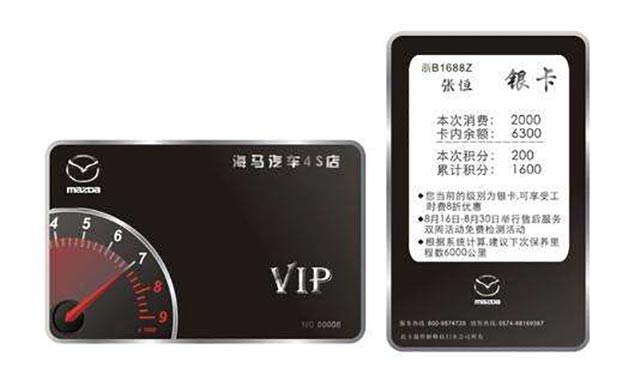

Speaking of the application of the visual card, it is impossible to mention its development in Japan. In the early 1990s, Japan developed and produced thermal rewritable cards and brought them to market. Because the video card can make the card surface repeatable, the personalized visual effect changes the pain point of the traditional smart card face content can not be changed. Once launched, it is popular in the membership company and introduces the concept of member management. Another peak has set off a wave of reforms in Japanese magnetic cards. Through continuous development, video cards have been widely used in many industries such as Japanese restaurants, entertainment, hospitals, gas stations, toll stations, etc., with annual sales of 120 million. According to statistics, between 2009 and 2013, video cards accounted for 70% of the domestic smart card market share.

The development of domestic video cards is nearly ten years behind Japan. In 2000, there were beginning to use visual cards in small and fragmented places in China, including the membership card of high-end clubs such as auto 4S shops and golf courses. At that time, Japan has begun to popularize, and there are still many smart card companies in China that do not even know the video card. After more than ten years of development, the application of domestic video cards has begun to transform from high-end to mass, and has been favored in many consumer sectors such as restaurants, KTV, hotels, and beauty clubs.

Residence permits and electronic travel to and from Hong Kong and Macao are two other typical applications of video cards in China. In 2009, the residence permit in Guangdong and other places used IC card type certificates, and an area that can be repeatedly erased and written in the address bar, so that residents do not need to change the card when changing the residential address, and opened the visual card in the government and public utilities. Application milestones; In September 2014, the national public security department fully activated the electronic travel permit to Hong Kong and Macao to further popularize the application of video cards. It can be said that the government and public utilities sectors are one of the major breakthroughs in promoting the development of current video cards in China.

Throughout the future of China's video card application market, the industry has said: "Visual card is not only a membership card that can display balances and points, but also can be used for advertising and promotion. It can also play more functions in combination with other technologies. In addition to the above common applications such as catering and entertainment, video cards have broad prospects in most areas such as education, medical care, transportation, logistics, factories, libraries, etc. In general, video cards are hot. The combination of the rewritable material and the IC card not only realizes the original function of the IC card, but also the rewritable card surface can add a value-added solution for the smart card industry application. It can be said that the application of the traditional industry smart card can be combined with the video card.

However, compared with the application of traditional smart cards, there are two major bottlenecks in the development of current video cards in China. On the one hand, the cost of the video card printer is to be broken, and on the other hand, the development of the domestic video card lacks multiple application solutions. A considerable part of the domestic video card application project is blindly following the trend, not focusing on the design of the solution, and can not really play the application function of the video card. He believes that the design of the program largely determines the promotion and application of the visual card. How to use the visual card as a medium to enhance the overall operational capability of the enterprise and promote the application and development of the visual card in China requires the cooperation and cooperation of the industry.